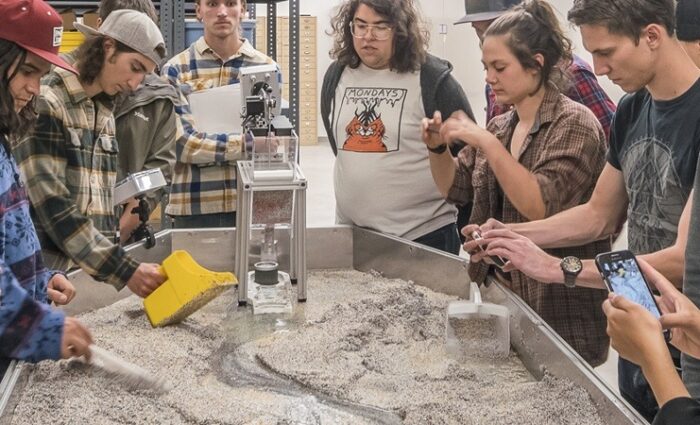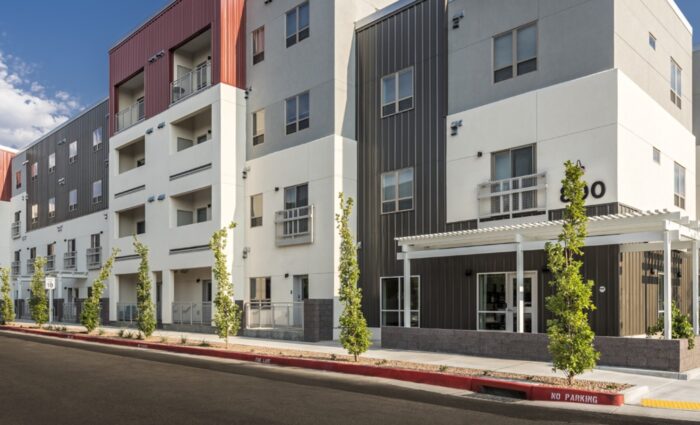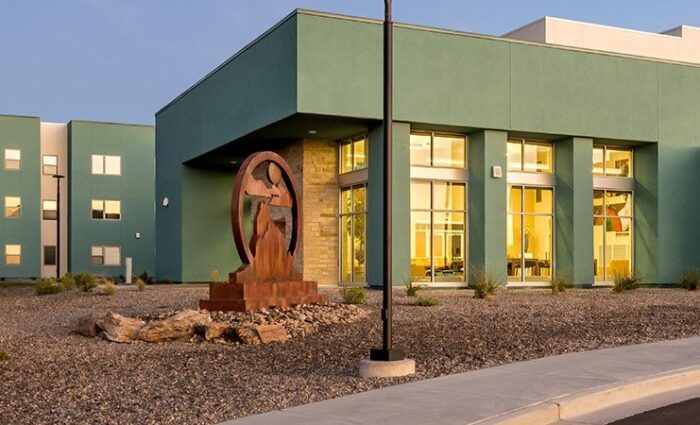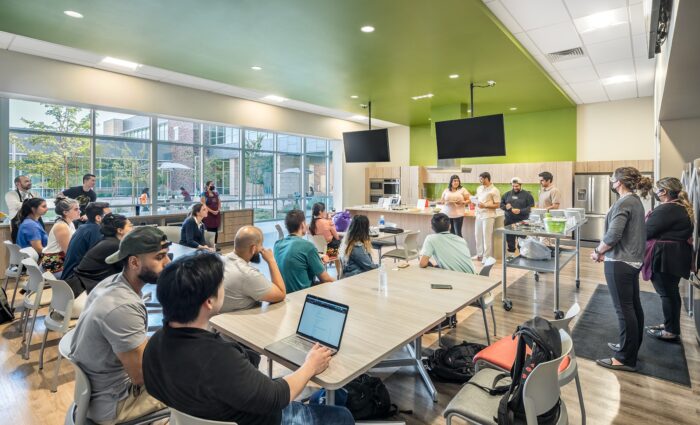Piloting K12 Furniture Placement
The Interior Design Studio at Dekker is constantly innovating and simplifying the furniture procurement process to benefit our clients. We created the furniture pilot classroom process to help K12 schools improve learning outcomes by testing durable options for furniture configuration that supports the school's learning goals.
What is a furniture pilot classroom?
A pilot classroom gives school districts the ability to test innovative furniture configurations before investing in a large furniture package for the whole school. Faced with a large furniture investment, school districts often look to research-backed best practices in educational space design. But it can be difficult to get buy-in to try something new. A pilot classroom process gives the school district the peace of mind to ensure that new and innovative layouts work with their school.
How a pilot classroom works
- Design and programming: We will review with administration and teachers what the needs for the classroom are. This is the opportunity to try new and experimental layouts.
- Secure a pilot space: This can be an extra classroom, either in the existing school or in a part of the school not being renovated. The room should be accessible for teachers and students to “cycle” through the space.
- Procurement: We will work with trusted furniture dealers and manufacturers to acquire your choices for the pilot program. We guide teachers on the various uses and layouts possible with the chosen pieces.
- Pilot and collect data: We provide avenues for collecting data that supports insights such as learning outcomes, comfort, ease of use, and flexibility. The more data we can collect, the better final choices we can empower you to make on furniture selection for the school. We can help you easily collect data on things like rate of use of each furniture piece, task success while using pilot furniture, and teacher and student thoughts about the pilot pieces.
Once the pilot has concluded, we use the data to adjust the final furniture selection according to how teachers and students use the furniture.
Case study: Gadsden Middle School
We worked with the Gadsden Independent School District (GISD) to provide a pilot classroom for the in-progress Gadsden Middle School replacement. It was important to the district for their new school to last for generations to come and have the flexibility to grow with the population.
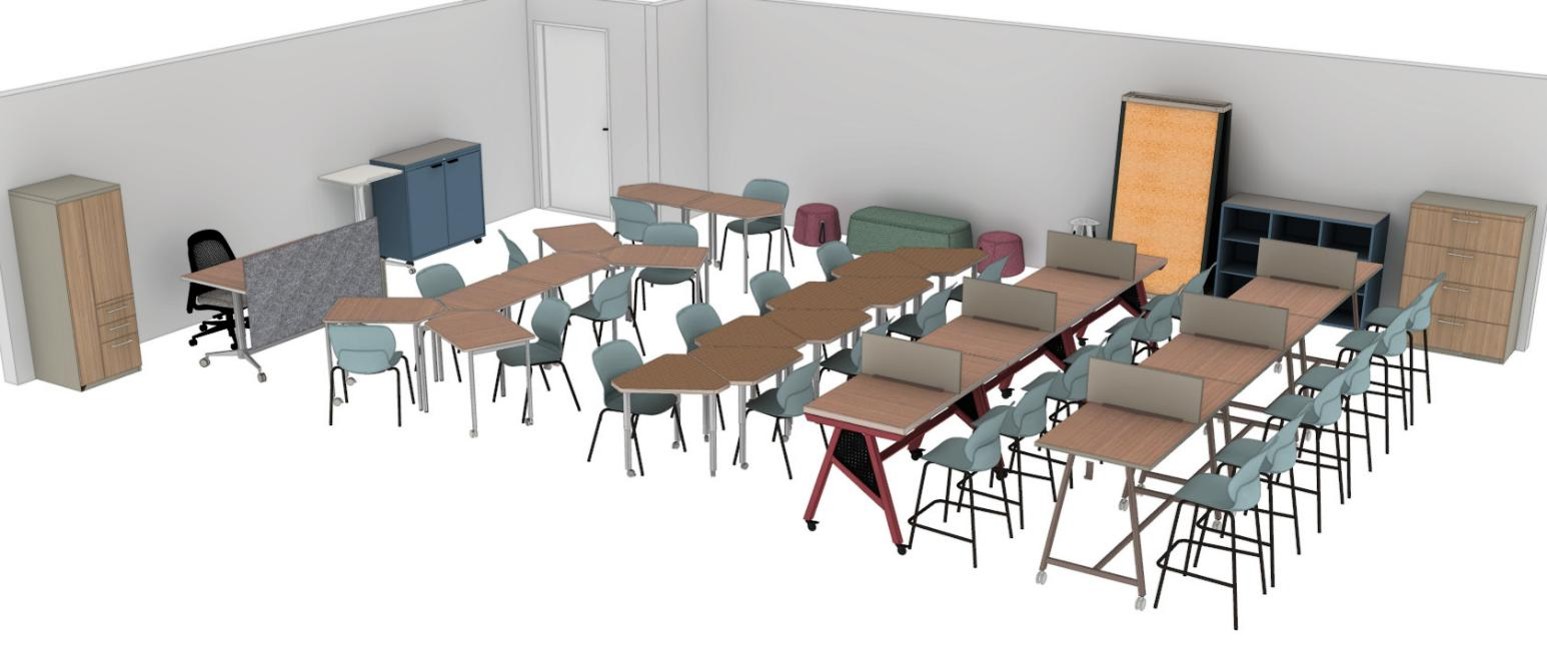
Methodology
We kicked off the pilot classroom project by aligning our team with goals and vision that the District had for the new school. From there, we ordered furniture pieces that aligned with both what the teachers needed and what innovative layouts they were inspired to try. We worked in close collaboration with FMG to make this pilot project happen at no additional cost to the district.
While the replacement school was being built, we asked the existing school to find an extra classroom that no one “owns” in which to set up the pilot classroom. For the better part of a semester, teachers cycled through the pilot classroom, testing out different layouts that aligned with student tasks for that day.
Teachers collected data on how often pieces of furniture were used, and whether students were on or off task. That way, we could get an idea for how different furniture pieces were affecting student performance. Both teachers and students completed surveys where they were asked for their opinions both on the layouts, as well as each individual piece of furniture.
The pilot classroom was in place and data was collected for almost a full semester, while the new school was under construction. The pilot classroom therefore introduced no delays to the project.
Outcomes
The impact of furniture placement
- 130+ references by students to a "more comfortable" classroom
- 20+ students said they could better see the board or teacher
The pilot layouts were relatively well-received, but after reviewing the data and taking feedback into account we made some changes to the final furniture selection.
In the original design of the pilot classroom, the designers incorporated bar stools, counter stools, and regular height chairs. While the students loved the higher chairs, teachers felt the bar height chairs were too tall for some of the students. On the other hand, teachers appreciated how the varied heights provided more students sight lines to the front of the classroom. As a result of this feedback, we kept the regular height and counter height chairs to still provide different heights.
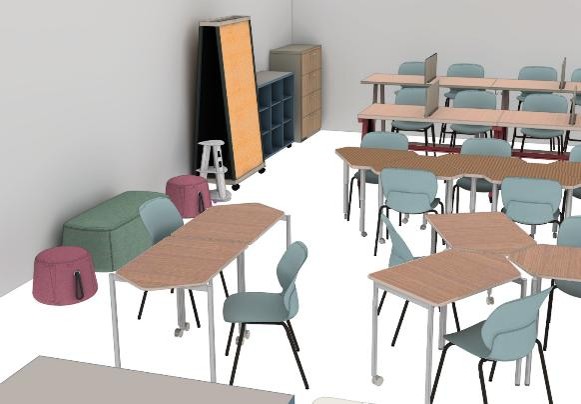
The design committee was initially unsure about including ottomans and other soft seating surfaces. After including them in the pilot classroom, teachers were able to see how soft seating actually helped some students stay on task. As a result, the final design incorporated more soft seating surfaces.
For the assessment layout, we initially proposed a type of desk divider that is removable, making it easy to switch between assessment and other more collaborative layouts. Initially, teachers were concerned that students would remove the dividers, which is why more permanent dividers were chosen.
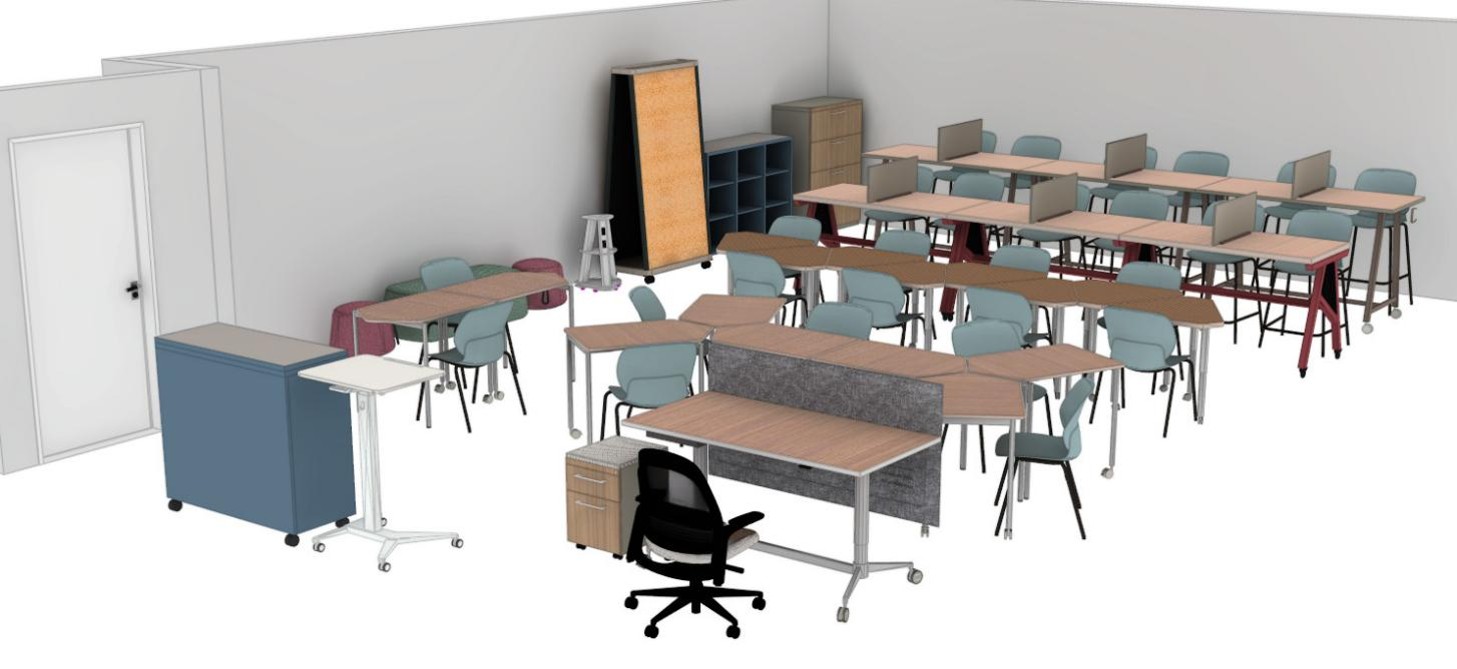
Teachers realized that these more permanent dividers were not sturdy enough, and decided on removable dividers for the final design. Students gave feedback that they couldn't speak with or see their fellow students well when the dividers in place, which indicated to us that they were working as intended.
Lastly, we helped the client save money on privacy screens for the teachers’ desks. The client had originally wanted a larger, custom privacy screen, but after testing it in the pilot classroom, teachers preferred a smaller option that was ultimately less costly.
By conducting a pilot furniture study, we were able to help Gadsden save money and make the best choices for them regarding furniture selection for their new school.
A low-risk way to try modular learning configurations
Different learning activities are best supported by various furniture configurations. Easy to move, modular furniture makes it easy for teachers and students to adjust the classroom layout as they cycle between activities.
We can guide school districts towards purchasing modular furniture packages that can be configured into common layouts like:
- Pair share: This layout supports active and collaborative learning in twos. This is best for activities like editing, discussion questions, feedback loop
- Collaborative: Collaboration, communication, critical thinking, and problem solving are easy when desks are grouped together.
- Socratic: This layout facilitates deep thinking and dialogue, encouraging analysis of concepts and reasoning.
- Assessment: A layout that limits interaction with other students is best for independent work like essay writing, reading, assessment.
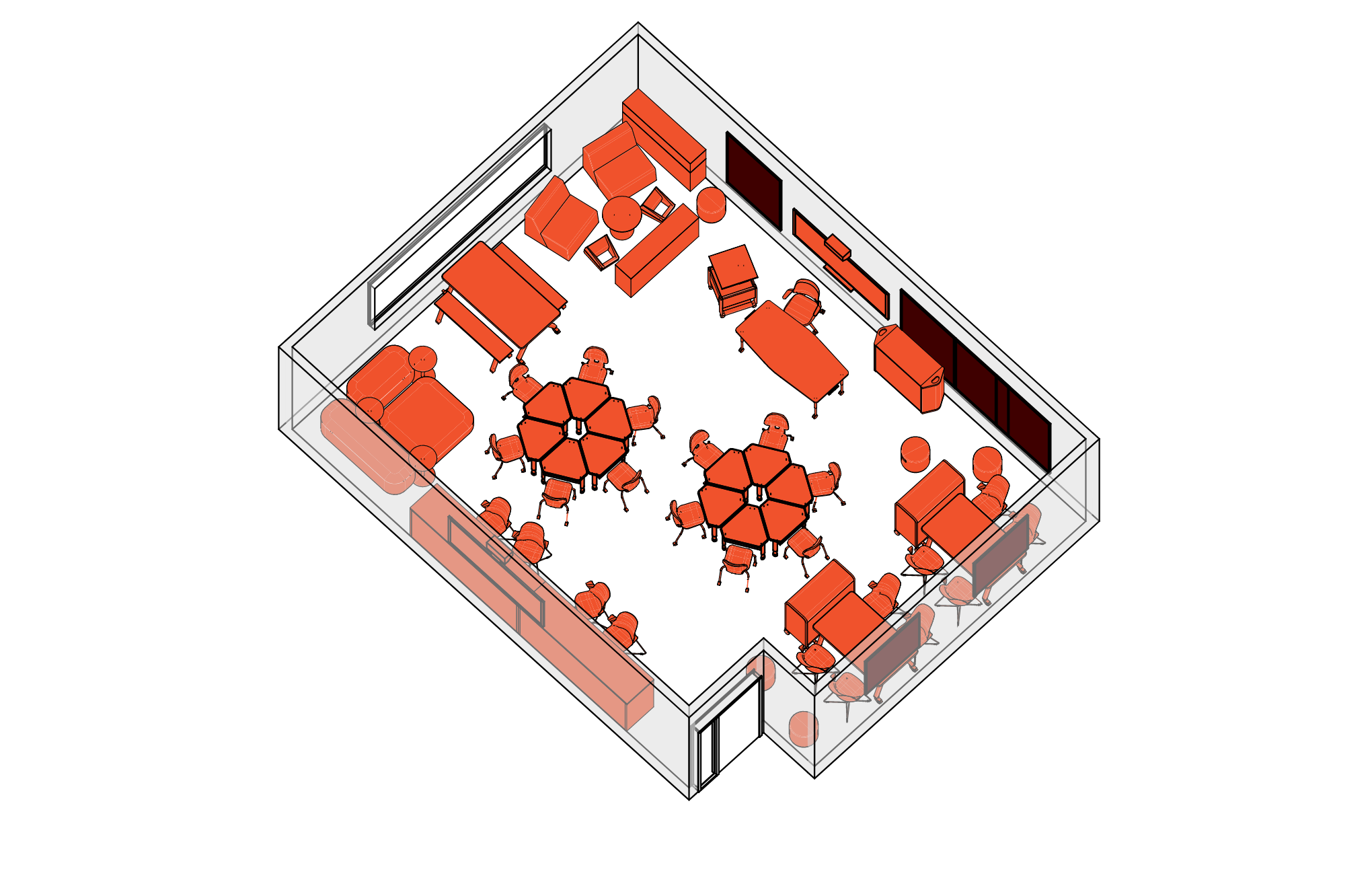
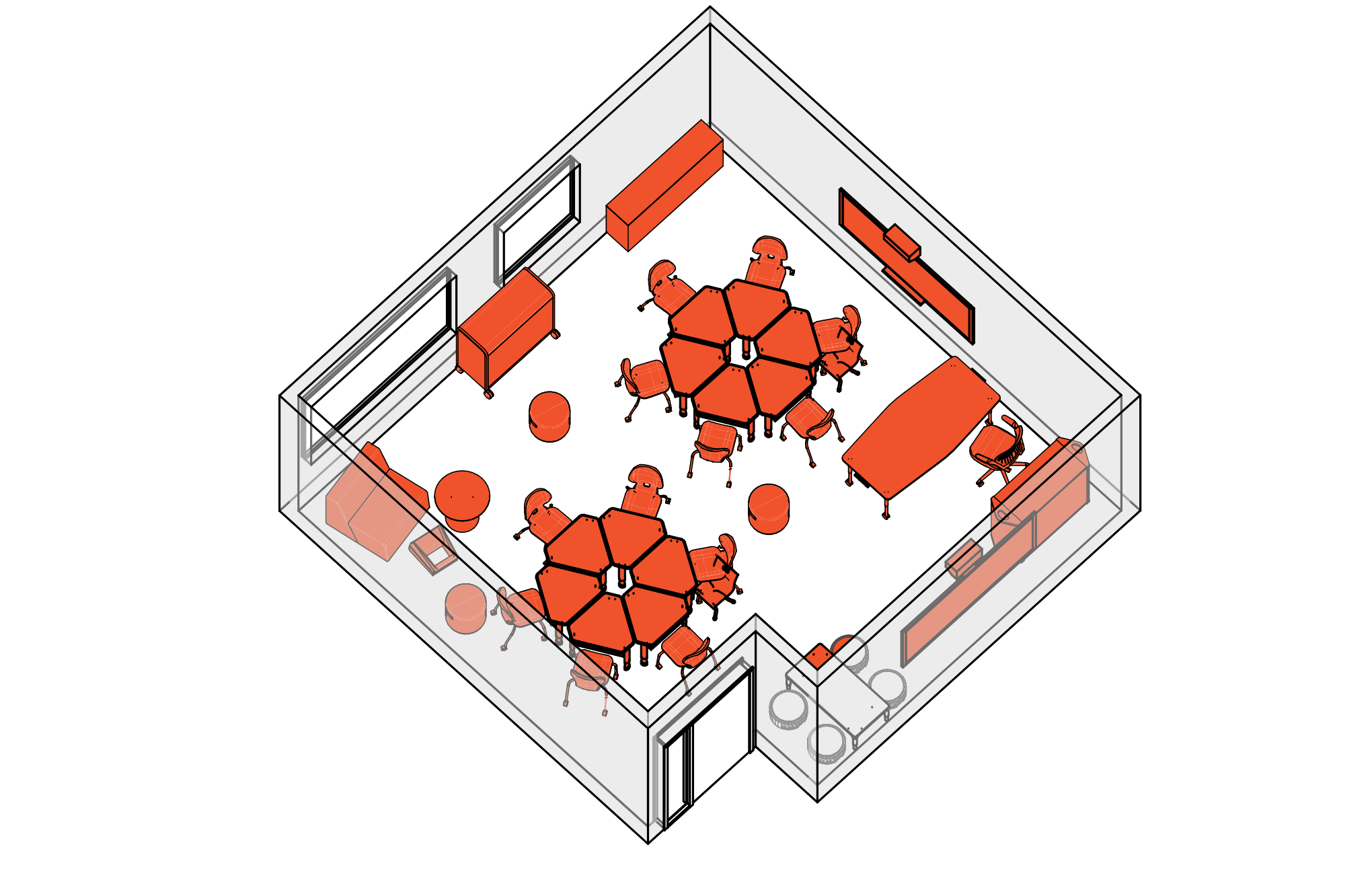
Working with furniture dealers to deliver savings
Our trusted relationships with furniture dealers provides savings for school districts. We connect clients with dealers we've worked with before and trust, so you can take advantage of bulk ordering discounts and know that your selected pieces will look good and function well together. This is especially important for modular layouts.
For our K12 clients, we help streamline the procurement process for pilot classrooms by helping clients navigate purchasing contracts that don't have to be released as an RFP. Some dealers agree to fold the cost of the pilot into the final furniture procurement deal, making furniture pilot classroom projects a truly cost-effective option for schools.
Related Content

Design a career path with more bridges.
Looking to break down the walls of the status quo?

